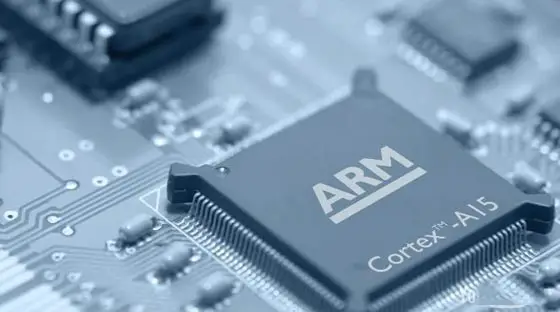In this post we are going to explain the different types of processors for mobile devices, especially which ones are better than others, so that when going to buy one we are not fooled. This time it must be said that the subject is complicated. Manufacturers usually do not clearly specify the details of their products, especially if they are not good, and they resort to technicalities to confuse. Other times it is simply due to the ignorance of the sellers.
To make the post as interesting as possible, we will see an example with three different tablets, which we will present here and solve in a second part. Before the example ends, we will learn which of these tablets is a real bargain, which one is a mediocre purchase, and which one is a complete scam. This is a real example, with real products and prices, for tablets with similar characteristics. The products have been chosen to have a similar price, but even worse and more expensive garbage can be found.
| Device | Processor | Price |
|---|---|---|
| Bq Voltaire Tablet 7” | Arm 926 EJ-S 600MHz | 94 € |
| Yarquin 7” | Telechips TCC8902 ARM11 | 98 € |
| Bq Pascal Lite 7” | Cortex A8 1GHz | 98 € |
First of all, what is an ARM processor? There are infinite ways to design a processor. The way a processor is designed internally is what we call its architecture.
The computers we usually use have processors with x86 architecture. Examples of these processors are the Pentium, Core 2 Duo, i3, i5 and i7, manufactured by Intel, and the Athlon and Phenon processors, manufactured by AMD. x86 processors are of the CISC type, which means they have very complex parts that allow them to perform complicated tasks quickly.
ARM processors have a different architecture than these typical computer processors. ARM processors are of the RISC type, meaning they have a large number of parts, each of which performs a simple task.
x86 processors are very efficient in very complex calculations, but for relatively simple tasks (such as those performed on mobile phones and tablets), using an x86 processor is “shooting flies with a cannon.” In these cases, an ARM processor can be more efficient and have lower power consumption.
ARM processors are designed by the company ARM Holding. Every so often they release a new version of the architecture. Below is a table with the different architectures and the families of processors that implement them. The newer the version, the faster, more efficient, and lower power consumption the processor will have.
| Architecture | Family |
|---|---|
| ARMv1 | ARM1 |
| ARMv2 | ARM2, ARM3 |
| ARMv3 | ARM6, ARM7 |
| ARMv4 | StrongARM, ARM7TDMI, ARM9TDMI |
| ARMv5 | ARM7EJ, ARM9E, ARM10E, XScale |
| ARMv6 | ARM11 |
| ARMv7 | Cortex |
| ARMv8 | No cores available yet. Will support 64-bit data and addressing |
For now, that’s enough. In a second part we will finish explaining the types of ARM processors, and conclude the example of the three tablets.
